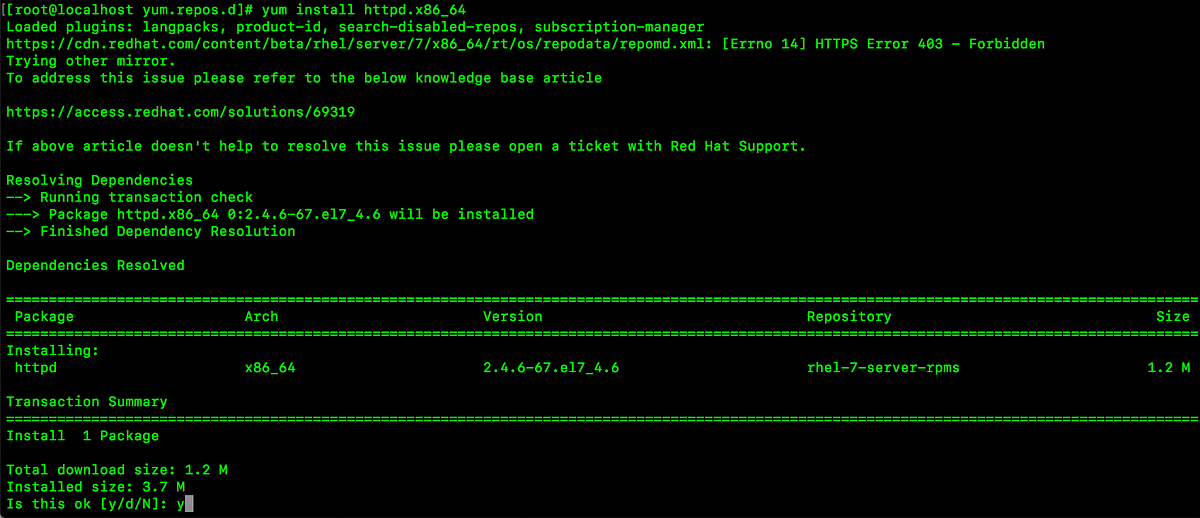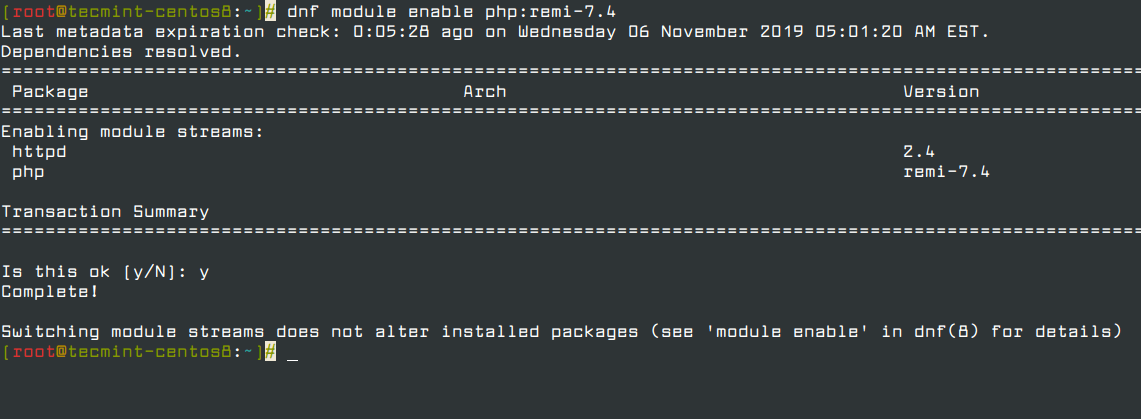Latest Httpd Version
The Apache HTTP Server Project. In this series of articles we’re going to set up an Apache Web Server and walkthrough the various Apache configurations and features. To start with this article will cover setting up a basic Apache server with the default out-of-the-box apache configurations. Announcement You can find all my latest posts on medium. You can follow along.
It is important to update Apache regularly for new features & security updates. It is very easy to upgrade Apache web server to the latest version in CentOS. Here’s how to upgrade Apache version in CentOS, Redhat linux. You can also use these steps to upgrade Apache 2.2 to 2.4 or even update Apache to latest version.
How to Upgrade Apache Version in CentOS, Redhat Linux
Here are the steps to upgrade Apache version in CentOS 6, 7, Redhat and other Linux systems.
1. Check Apache Version Number
First, open terminal and run the following command to check Apache version number
Bonus Read : How to Enable KeepAlive in Apache
2. Backup Apache configuration File
Before you upgrade Apache version in CentOS, take a backup of your Apache configuration file. It is located at one of the following locations, depending on your installation
/etc/apache2/httpd.conf/etc/apache2/apache2.conf/etc/httpd/httpd.conf/etc/httpd/conf/httpd.conf
3. Install EPEL
Next you need to install EPEL repository on CentOS
Bonus Read : How to Change Port Number in Apache
4. Enable EPEL Repository
Run the following command to enable EPEL repository for CentOS 7. You can get all CentOS 7 repos at http://mirror.centos.org/centos/7/
5. Upgrade Apache Version in CentOS

To update Apache in CentOS, we have to fully install the latest version of httpd (Apache server)
Httpd Version Check

Bonus Read : How to Upgrade Apache Version in Ubuntu
6. Restart Apache Server
Open your config file to check if your config file has changed. If it has been overwritten then restore it from the backup you created in step 2. Finally, start Apache server
That’s it! You have upgraded Apache web server version in CentOS, Redhat Linux.
Ubiq makes it easy to visualize data in minutes, and monitor in real-time dashboards. Try it Today!
Related posts:
The OpenBSD project has undergone a great deal of change in the past year. The open Unix-like operating system removed the Apache httpd server and replaced it with Nginx, only to sub out Nginx soon after for its own httpd server in OpenBSD 5.6, all while trying to revamp OpenSSL with its LibreSSL fork in the wake of Heartbleed.
Now OpenBSD has finally given a look at what httpd is made of and what it can do.
At AsiaBSDCon in Tokyo last week, OpenBSD developer Reyk Floeter presented attendees with an inside look at the new version of the upcoming Web server to be included with May’s OpenBSD 5.7 release. What began as an experiment by Floeter with the Relayd Web engine at last year’s g2k14 General OpenBSD Hackathon quickly evolved into httpd, a new OpenBSD server leveraging Relayd’s load-balancing application layer gateway, transparent proxy and SSL/TLS gateway—switched out with Nginx two weeks later in OpenBSD 5.6.
Httpd Latest Version Download
(Related: Which protocol will take over for HTTP?)
Latest Httpd Version For Rhel 7
httpd is a secure Web server with straightforward functionality. Consisting of approximately 10,000 lines, httpd serves static files and supports FastCGI and TLS. The server has core features such as a directory listing, logging and basic authentication, but Floeter explained that OpenBSD aimed to avoid “featuritis” with a simple release and less feature requests.


The full httpd feature listing includes:
- Static files: Serves static files and directories via optional auto-indexing.
- FastCGI: Supports asynchronous and direct FastCGI.
- Non-optional security: Runs are change-rooted with privilege separation by default.
- SSL/TLS: Supports secure connections via TLS powered by LibreSSL.
- Virtual servers: Uses flexible, name- and IP-based virtual servers.
- Reconfiguration: Reloads the running configuration without interruption.
- Logging: Supports per-server logging via log files or syslog.
- Blocking: Blocks, drops and redirects connections.
In terms of LibreSSL, OpenBSD’s “Safer TLS” fork supports more secure TLS connections in httpd with its new libtls API atop the libssl/libcrypto libraries. The server uses TLS 1.2 strong ciphers and the Perfect Forward Secrecy key-management protocol.
OpenBSD plans to add additional features, including Server Name Indication and client certificates, before httpd is officially released on May 1 along with OpenBSD 5.7.
Floeter’s full presentation is available here.
